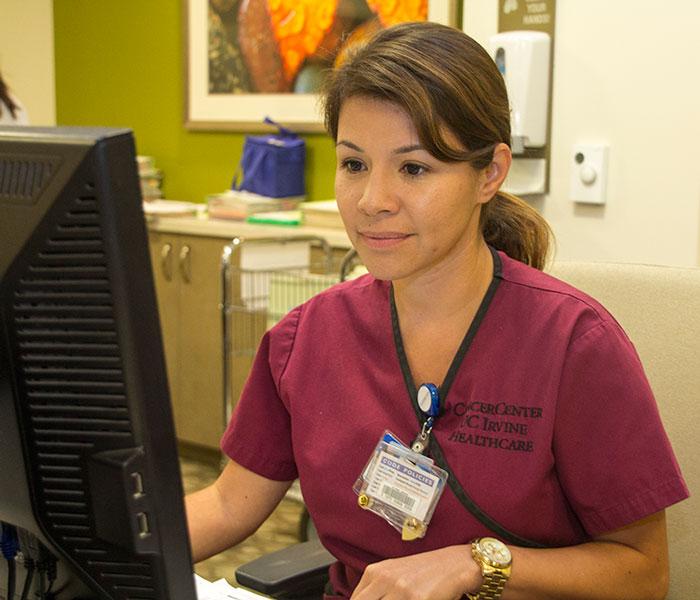Florence Nightingale, a forerunner of evidence-based practice, linked sanitation to morbidity and mortality rates. Her initiatives, such as simple hand washing, remain standards today. The attention and implementation of quality standards have helped change and shape the way our healthcare system grows to keep patients safe.
In the 1920s, quality improvement began in industry and business. In 1951, the Joint Commission on Accreditation of Hospitals formed to offer a voluntary accreditation process, adopting Donabedian’s structure-process-outcome application to measure quality in healthcare.
Other quality models followed, including Six Sigma, total quality management, and continuous quality improvement. But it was the Institute of Medicine’s (IOM’s) reports in 1999 and 2001, showing alarming mortality rates from healthcare errors and inconsistencies in care, that truly brought healthcare quality to the forefront.
From there, nationally standardized quality measures began. Today, the public reporting and pay-for-performance quality model is accepted practice in health care. This model is holding practices responsible for providing the best quality care possible and showing it through data. But what does this all mean to the nurse at the bedside?
In addition to the many roles we juggle, we are quality managers. The integrity of the data we provide has direct and meaningful consequences in the quality and safety of future care. Information is the foundation on which we build evidence-based practices and change. Demonstrating the impact of quality nursing care is directly related to the quality of data available. Through our accurate documentation in technologic and traditional methods, oncology nurses are able to sculpt the future of quality cancer care.
In fact, studies have illustrated that use of electronic health records (EHRs) has resulted significant improvement in patient outcomes. According to Hessels, Cimiotti, Bakken, and Gershon, “Advanced EHR adoption was independently associated with fewer patients with prolonged length of stay and seven-day readmissions.” Collecting and accurately communicating patient data can lead to positive outcomes.
Our data is our calling card. It’s what we show the world of our safe practice, our expertise, and our impact on care. When we talk about the great work that oncology nurses do, we’re able to point to hard numbers and data as proof. It’s our responsibility to understand and embrace the role that data plays in defining safety and quality in our practices. The collection and analysis of these numbers can lead to quality changes that help patients get the best treatment for their diseases.






